The 1960s were a revolutionary decade for television, transforming the medium from a novelty into a cultural force that would shape generations to come. As America experienced profound social and political changes, television evolved alongside it, introducing innovative formats, tackling controversial subjects, and creating templates that modern shows still follow today. From science fiction that predicted our technological future to variety shows that redefined entertainment, these 14 groundbreaking series from the ’60s established the foundation upon which modern television was built.
1. Star Trek (1966-1969)
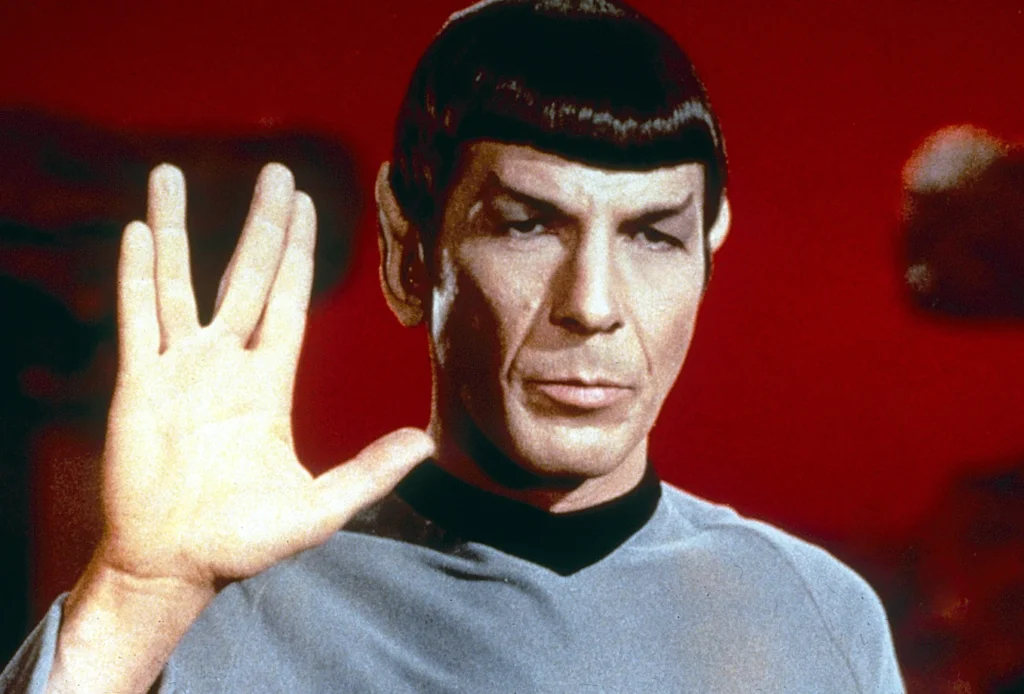
When Gene Roddenberry’s “Star Trek” debuted on NBC in September 1966, few could have predicted it would spawn a multimedia empire spanning six decades and counting. The adventures of the USS Enterprise crew presented a utopian future where humanity had overcome its internal conflicts to explore the stars. Behind its space adventure veneer, the show tackled contemporary issues like racism, war, and authoritarianism at a time when television rarely addressed such topics directly. It’s no overstatement to call Star Trek a phenomenon, and Comic Watch explores the ways that this series has reshaped so many aspects of life, from entertainment to culture.
The revolutionary multicultural bridge crew featuring Nichelle Nichols as Lieutenant Uhura and George Takei as Lieutenant Sulu offered representation rarely seen on 1960s television. Despite struggling in the ratings and being canceled after just three seasons, “Star Trek” pioneered the concept of a television show finding new life through syndication and fan activism. The show’s optimistic vision of humanity’s future, commitment to social commentary disguised as entertainment, and unprecedented fan culture created the template for how television properties could transcend their original broadcast to become enduring cultural institutions.
2. The Twilight Zone (1959-1964)
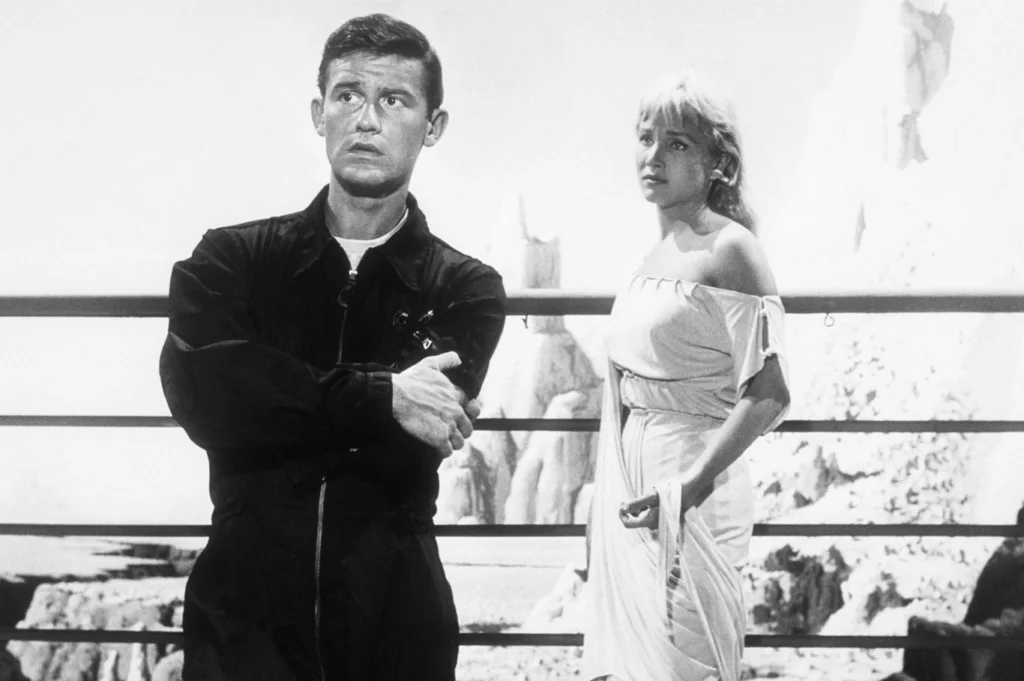
Rod Serling’s anthology series pushed television storytelling beyond the safe confines of westerns and family sitcoms into territory that was philosophical, psychological, and often deeply unsettling. “The Twilight Zone” used science fiction, fantasy, and horror as vehicles for social commentary, allowing Serling to circumvent network censorship and address topics like nuclear war, prejudice, and conformity. The show’s distinctive narrative structure—introducing seemingly ordinary characters who encounter extraordinary circumstances that reveal profound truths—became a storytelling framework still employed across television today. For those missing this series, its influence endures in this list by Screen Rant of shows to watch if you like The Twilight Zone.
The series introduced the concept of the television auteur through Serling’s distinctive vision, recognizable voice, and remarkable productivity (he wrote 92 of the show’s 156 episodes). Episodes like “Time Enough at Last,” “The Monsters Are Due on Maple Street,” and “To Serve Man” remain embedded in popular consciousness decades later, demonstrating how television could create enduring cultural touchstones. Every anthology series since—from “Black Mirror” to “American Horror Story”—owes a debt to “The Twilight Zone” for proving that television audiences would embrace challenging, thought-provoking content that didn’t follow conventional narrative rules.
3. The Dick Van Dyke Show (1961-1966)
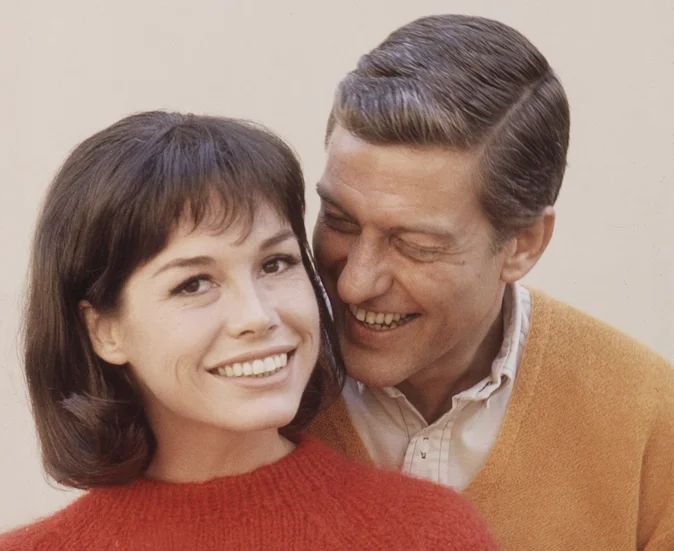
Carl Reiner’s pioneering sitcom revolutionized the format by drawing from his own experiences as a television writer to create a show that was simultaneously about work life and home life. Unlike the domestic sitcoms that preceded it, “The Dick Van Dyke Show” depicted the behind-the-scenes creation of entertainment, introducing a meta-narrative approach that shows like “30 Rock” and “The Larry Sanders Show” would later adopt. The program’s sophisticated writing elevated the sitcom from simplistic setups to character-driven comedy that could explore relationships with genuine emotional depth. Television Academy Interviews credits this series with ushering in a Golden Age of situational comedy.
Mary Tyler Moore’s portrayal of Laura Petrie redefined the television wife, replacing the stereotypical housedress-wearing homemaker with a modern woman in capri pants who had her own personality and agency. The show’s integration of physical comedy, workplace dynamics, and marriage with equal weight established the balanced approach that successful sitcoms would follow for decades. Its influence extends beyond comedy into how television depicts creative professions, male-female friendships in the workplace, and marriages where partners are intellectual equals rather than punchline-and-straight-man dynamics.
4. The Fugitive (1963-1967)

Before serialized dramas dominated television, “The Fugitive” introduced the concept of a series with a definitive story arc driving toward resolution. Dr. Richard Kimble’s quest to clear his name while pursued by the determined Lieutenant Gerard created a template for the cat-and-mouse procedural that shows like “Prison Break” and “The Mentalist” would later adapt. The series finale—watched by an astonishing 72% of American households with televisions—proved that audiences would invest in long-form storytelling that built toward a conclusion.
“The Fugitive” pioneered the formula of the wrongfully accused protagonist forced to adopt a nomadic existence, helping others while pursuing justice for himself. This “hero in exile” archetype has since appeared in countless television series, from “The Incredible Hulk” to “The A-Team.” The show’s moral complexity—featuring a protagonist operating outside the law and an antagonist who was not evil but simply doing his job—introduced shades of gray to television heroes and villains that would become standard in modern prestige dramas like “Breaking Bad” and “The Sopranos.”
5. Batman (1966-1968)

While modern superhero adaptations tend toward gritty realism, ABC’s “Batman” demonstrated the potential for comic book properties to transcend their original medium and enter mainstream culture. The show’s distinctive visual style—with its tilted “Dutch angle” camera work, bright colors, and graphic “POW!” and “BAM!” fight captions—created a visual vocabulary for television that influenced everything from music videos to modern comedies. Its tongue-in-cheek approach to the material introduced the concept that adaptations could simultaneously honor and playfully subvert their source material.
The series transformed Batman from a relatively obscure comic character into a cultural phenomenon that drove merchandise sales and increased ABC’s ratings across its schedule. This blueprint for cross-platform commercial success would later be followed by franchises from “Star Wars” to the Marvel Cinematic Universe. Despite lasting just three seasons, “Batman” demonstrated how television could create a shared cultural moment around previously niche content, paving the way for the current era where comic book adaptations dominate both television and film.
6. Rowan & Martin’s Laugh-In (1968-1973)
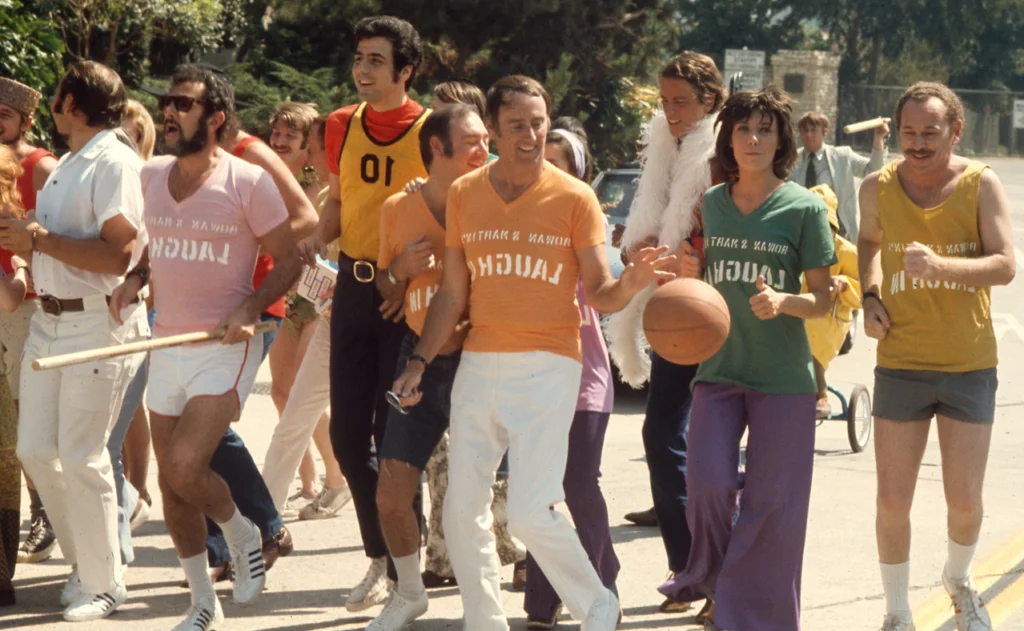
“Laugh-In” revolutionized comedy programming with its rapid-fire delivery, psychedelic aesthetic, and countercultural sensibility that broke sharply from the more restrained comedy that preceded it. The show’s frenetic pacing—featuring quick-cut blackout sketches, catchphrases, and non-sequiturs—created a visual and comedic language that would influence everything from “Saturday Night Live” to “Monty Python’s Flying Circus” to modern internet meme culture. Its willingness to engage with political content during a divisive era (even featuring presidential candidate Richard Nixon delivering the catchphrase “Sock it to me?”) demonstrated that topical comedy could draw massive audiences.
The show made stars of performers like Goldie Hawn and Lily Tomlin while showcasing a diverse ensemble that brought different comedic sensibilities to the same format. “Laugh-In” bridged the generation gap of the late 1960s by packaging countercultural attitudes in a format accessible to mainstream viewers, achieving the rare feat of being both subversive and tremendously popular. Its legacy lives on in the sketch comedy format, the concept of the comedic catchphrase as cultural currency, and the understanding that comedy could be simultaneously silly and socially relevant.
7. Mission: Impossible (1966-1973)

Decades before Tom Cruise began performing his own stunts in the film franchise, the original “Mission: Impossible” television series introduced a new kind of espionage thriller built around elaborate cons and team-based problem-solving rather than lone wolf heroics. The show’s structure—featuring a self-destructing assignment message, team assembly, planning sequence, and execution with inevitable complications—created a formula that countless action series would adopt. The innovative use of practical effects, disguises, and technology gave viewers a weekly master class in the art of the confidence game.
The series’ ensemble approach, with each team member contributing specialized skills to the mission, established a template followed by shows from “The A-Team” to “Leverage.” Lalo Schifrin’s iconic theme music demonstrated how a distinctive musical identity could become inseparable from a show’s brand. “Mission: Impossible” proved that television could deliver cinematic-quality action and suspense on a weekly basis, raising audience expectations for production value and complexity in TV storytelling long before the era of prestige television.
8. I Spy (1965-1968)
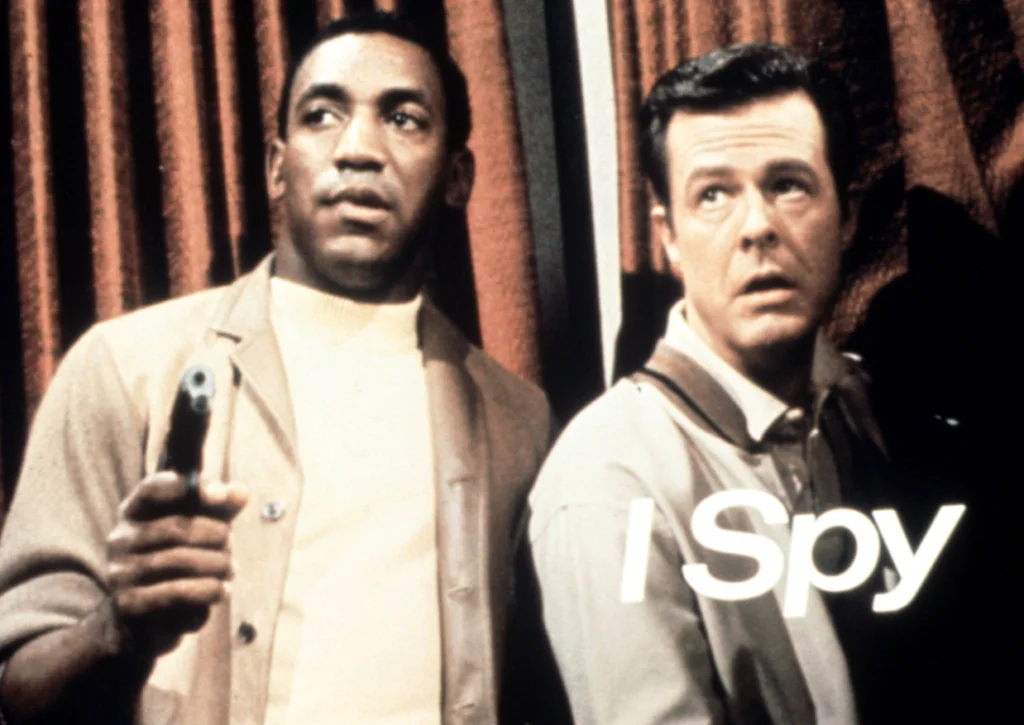
When Bill Cosby was cast opposite Robert Culp in “I Spy,” he became the first Black actor to co-star in a dramatic television series, shattering a significant racial barrier in the industry. Unlike previous shows that might have emphasized racial differences for comedy or drama, “I Spy” presented its interracial partnership matter-of-factly, with the characters’ friendship and professional respect taking center stage. This groundbreaking approach paved the way for diverse casting in genres previously dominated by white actors.
The show’s innovative production approach—filming on location around the world rather than on studio backlots—expanded television’s visual vocabulary and scope. “I Spy” blended humor with its espionage narratives, creating the action-comedy hybrid that would later flourish in shows like “Moonlighting” and “Chuck.” By embedding its characters in exotic international settings while maintaining their distinctly American perspectives, the series created a framework for how television could engage with global stories while keeping them accessible to American audiences.
9. The Prisoner (1967-1968)
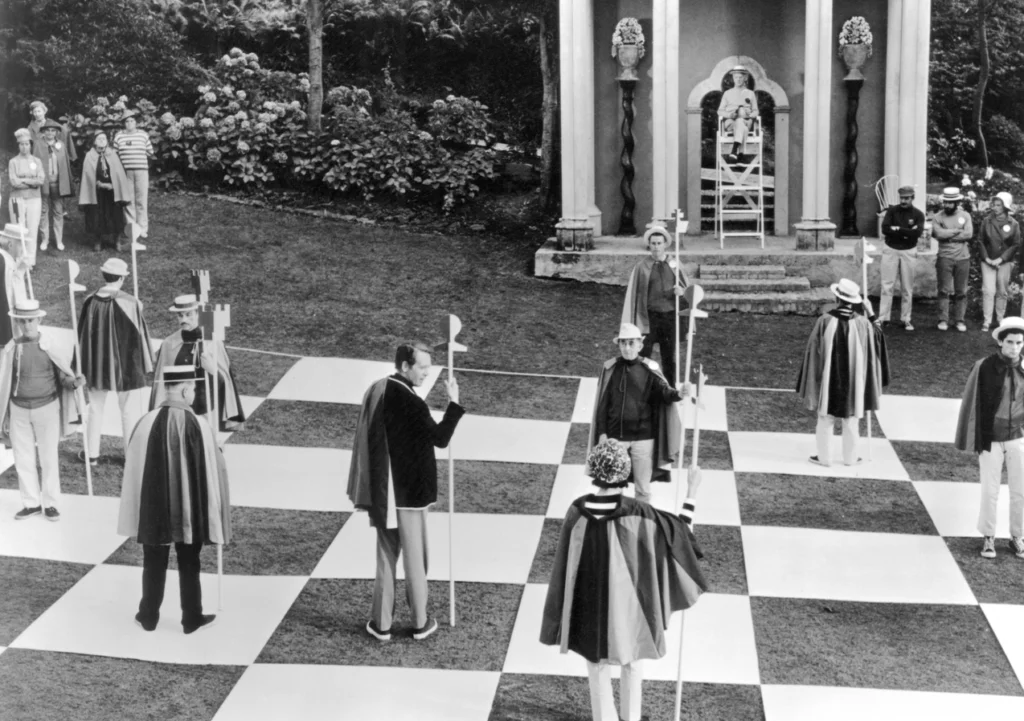
Patrick McGoohan’s surreal, allegorical series about an unnamed spy imprisoned in a mysterious village pushed the boundaries of what television narratives could accomplish. Despite running just 17 episodes, “The Prisoner” introduced concepts like story arcs requiring active viewer interpretation, unreliable narration, and deliberate ambiguity that would later become hallmarks of complex television like “Twin Peaks” and “Lost.” Its exploration of themes like individual freedom versus collective security and the nature of identity anticipated philosophical questions that science fiction would explore for decades to come.
The show’s visual distinctiveness—from the iconic penny-farthing bicycle logo to the bizarre Rover balloon that prevented escapes—demonstrated how strong design elements could define a series’ identity. “The Prisoner” refused to provide simple answers or closure, culminating in a finale that remains one of television’s most discussed and debated episodes. By treating its audience as active participants in meaning-making rather than passive consumers, the series established that television could be an intellectually challenging medium worthy of serious analysis and interpretation.
10. The Andy Griffith Show (1960-1968)
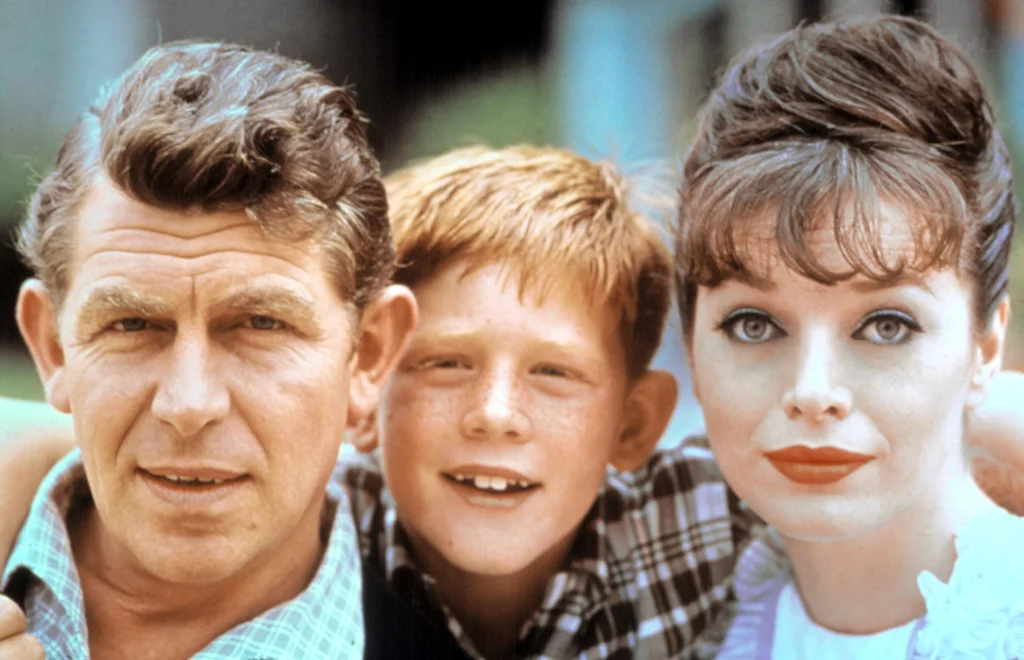
While “The Andy Griffith Show” might appear to be a straightforward portrayal of small-town American life, it pioneered character-driven comedy that didn’t rely on contrived situations or punchlines. The citizens of Mayberry were fully realized characters whose humor emerged naturally from their personalities and relationships. This approach to finding comedy in authentic human behavior would influence shows from “All in the Family” to “The Office,” shifting television comedy from setup-punchline structures to more naturalistic dialogue and situations.
The show’s portrayal of Sheriff Andy Taylor as a compassionate authority figure who solved problems through understanding rather than force presented a model of masculinity that contrasted with the action heroes dominating other series. Don Knotts’ portrayal of Deputy Barney Fife created one of television’s most enduring characters—the well-meaning but insecure man whose desire to appear more competent than he is generates both comedy and pathos. The show’s exploration of father-son dynamics between Andy and Opie established a template for how television could portray parent-child relationships with genuine emotional depth rather than relying on sitcom stereotypes.
11. The Avengers (1961-1969)
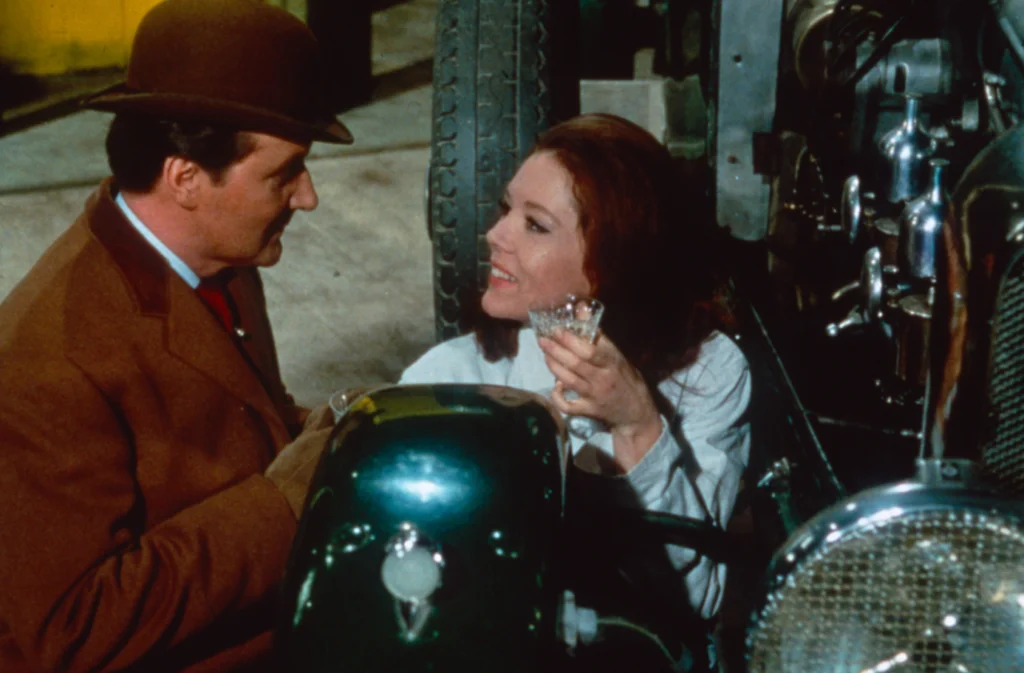
Long before Marvel’s superheroes adopted the name, British import “The Avengers” revolutionized the spy genre by infusing it with style, wit, and surrealism that contrasted sharply with the gritty realism of other espionage series. The pairing of John Steed (Patrick Macnee) with a succession of female partners—most notably Diana Rigg’s Emma Peel—created a template for male-female partnerships based on mutual respect and complementary skills rather than romantic tension. Peel in particular became a revolutionary female character whose intelligence, martial prowess, and independence influenced generations of action heroines.
The show’s distinctive visual aesthetic—from Steed’s bowler hat and umbrella to the mod fashions and psychedelic set designs of its later seasons—demonstrated how strong visual identity could define a television series. “The Avengers” balanced episodic storytelling with recurring elements that rewarded regular viewers, creating a middle ground between purely procedural and serialized narratives. Its playful tone and willingness to embrace the absurd while maintaining internal logic influenced shows from “Buffy the Vampire Slayer” to “Doctor Who,” proving that genre television could be simultaneously intelligent and entertaining.
12. The Ed Sullivan Show (1948-1971)
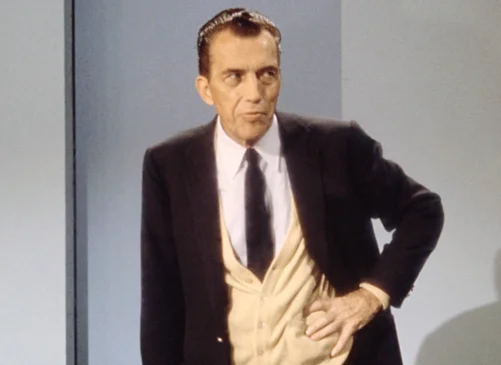
Although it began in the late 1940s, “The Ed Sullivan Show” reached its cultural peak in the 1960s as it became the primary television platform for introducing new music and performance acts to American audiences. Sullivan’s willingness to showcase diverse performers—from The Beatles and The Rolling Stones to Motown artists like The Supremes—helped bridge cultural and racial divides during a turbulent decade. The show’s variety format, presenting everything from rock musicians to opera singers to comedians to plate spinners, created a shared cultural experience that brought generations and demographics together around the television on Sunday nights.
The series’ most iconic moments—like The Beatles’ American television debut in 1964 watched by 73 million viewers—demonstrated television’s unprecedented power to create instantaneous cultural phenomena. Sullivan’s stiff persona contrasted with the revolutionary performers he introduced, creating a fascinating dynamic where establishment television became the conduit for countercultural expression. Every music competition show, late-night talk show musical performance, and viral television moment owes a debt to Sullivan’s understanding that television could serve as the most powerful star-making platform in American culture.
13. Peyton Place (1964-1969)
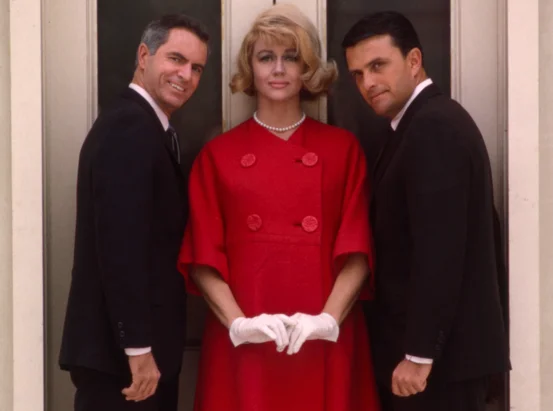
Based on Grace Metalious’s controversial novel, “Peyton Place” brought serialized storytelling to American primetime, airing multiple episodes weekly and running continuously without a traditional season structure. This pioneering approach to long-form television narrative created the template that soap operas and later prestige dramas would follow, demonstrating that audiences would commit to following complex, interwoven storylines over years rather than expecting resolution within a single episode. The show’s exploration of then-taboo subjects like illegitimacy, adultery, and family secrets pushed the boundaries of what was permissible on network television.
“Peyton Place” launched the careers of actors like Mia Farrow and Ryan O’Neal while proving that television could successfully adapt literary properties by expanding rather than condensing their narratives. Its focus on the hidden tensions beneath a seemingly perfect community surface has influenced countless shows, from “Twin Peaks” to “Desperate Housewives.” By treating everyday emotional conflicts with the same gravity previously reserved for crime dramas or westerns, “Peyton Place” expanded television’s emotional palette and demonstrated that domestic drama could attract and maintain a mass audience.
14. The Monkees (1966-1968)

Created specifically to capitalize on Beatlemania, “The Monkees” transcended its origins as a manufactured pop culture product to become a fascinating experiment in blending television, music, and youth culture. The series’ innovative visual style—featuring quick cuts, fourth-wall breaking, and surreal sequences inspired by Richard Lester’s Beatles films—introduced MTV-style editing decades before music videos became mainstream. The fictional band’s transformation into a real musical act that fought for creative control created a meta-narrative about authenticity in pop culture that remains relevant in today’s discussions of manufactured music acts.
The show’s self-referential humor and awareness of its own artificial nature anticipated postmodern television like “Community” and “30 Rock.” Despite lasting just two seasons, “The Monkees” demonstrated how television could create cross-platform entertainment properties where the show, the music, and the performers’ public personas worked together to create a comprehensive brand. Its legacy lives on not just in teen-focused musical shows like “Glee” and “Hannah Montana,” but in any television property that understands itself as one component of a larger transmedia experience rather than a standalone product.
These fourteen television shows didn’t just entertain audiences in the 1960s—they fundamentally changed how stories are told, how characters are developed, and how television engages with social issues and cultural shifts. From production techniques to narrative structures to representation and diversity, the television landscape we know today was built on foundations laid by these pioneering series. As streaming platforms and changing viewer habits continue to transform the medium, the innovative spirit of 1960s television reminds us that the most revolutionary shows are often those willing to break established rules and trust audiences to follow them into new territory.


